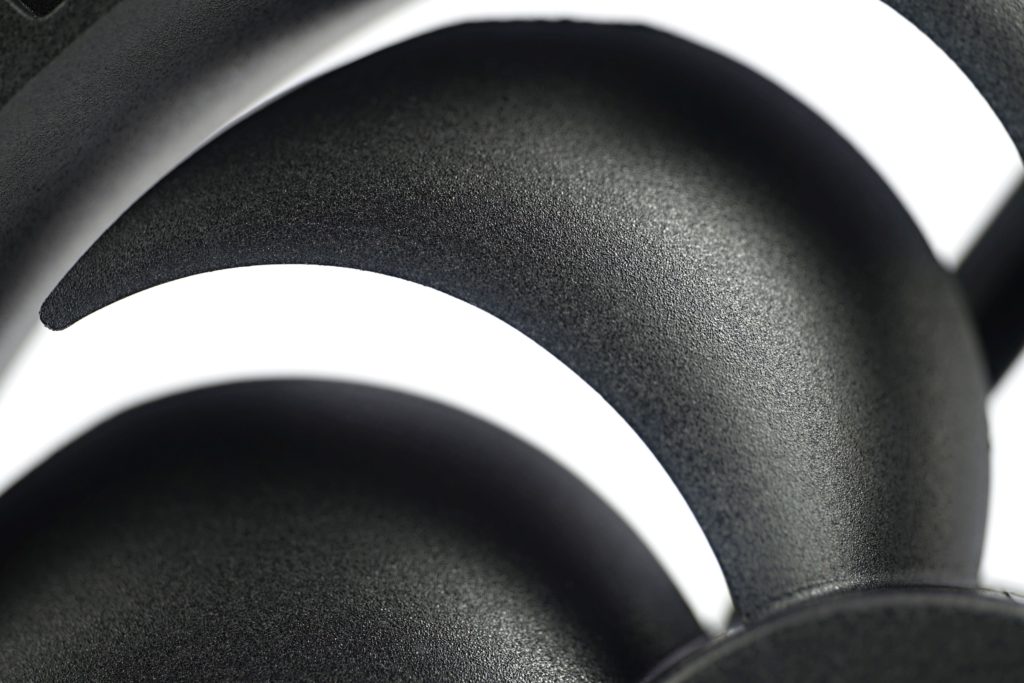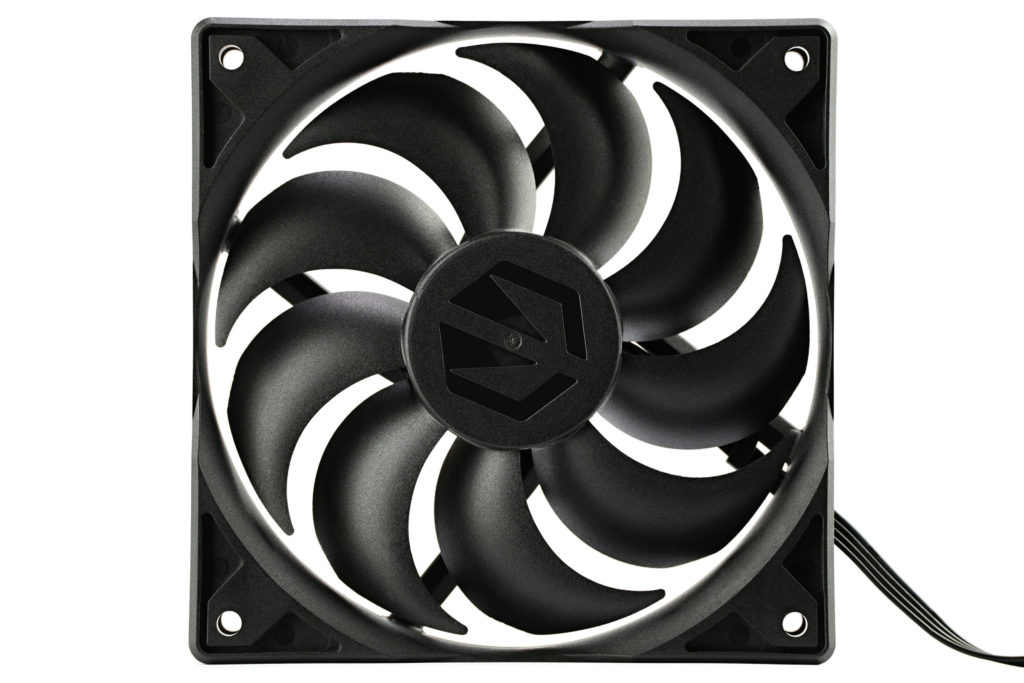Endorfy Stratus 120 PWM in detail
Why spend as much money on one fan as you would on four or five Endorfy Stratus 120 PWMs? There is a clear answer to this, but it may not be interesting to everyone. Especially when the fans are meant to fit well into builds designed with the best possible price/performance ratio in mind. That’s when low-cost fans make sense, and the end-user often dismisses the “imperfections” of the Stratus 120 (PWM) with a wave of the hand.
The Stratus 120 PWM is the cheapest fan in the Endorfy product range. It’s priced at the level of the Arctic P12 PWM PST, with which the comparison makes the most sense, as they are directly competing models. But also notable are the various differences from the old Sigma Pro 120 PWM fans still sold under the SilentiumPC brand. And fan enthusiasts won’t overlook how these fans stack up next to the Fluctus 120 PWM they’re sort of based on.
The first thing that catches the eye is that Stratus fans, unlike the Fluctus models, do not have notched leading edges. They are, on the contrary, smooth. And perfectly smooth, with none of the minor imperfections that tend to result from less precise injection moulding, such as with the Enermax SquA RGB.
The rotor geometry is built on a very similar basis to the Fluctus 120 PWM – it’s a bet on nine-blades with more pronounced leading-edge curvature, although the blades are still relatively shorter and wider. Thus, even when using PBT with less material thickness, they are still quite stiff. The Arctic P12, for example, has more flexible blades. The most striking difference from the Fluctus models is that the Stratus “lacks” the aforementioned leading edge notches, which then naturally determines the nature of the boundary layer.
Larger (than on the Fluctus 120 PWM) is the gap between the blade tips and the inside wall of the frame. But this is while keeping the same rotor cross section. This larger gap is created by the thinner frame walls.
And why the gap between the blades and the frame has to be bigger (about twice as big) is obvious – it has to do with higher manufacturing tolerances, which was confirmed by vibration tests of 15 different pieces of the Stratus 120 PWM fan. The spacing of the blade tips from the frame can only be as small as the manufacturing tolerances.
Given the nature of the differences between the Stratus 120 PWM and the Fluctus 120 PWM, it is thus obvious which of these fans achieves the lower static pressure. The model tested, codenamed EY4A007, is of the 120-millimeter format and has a claimed speed range of 200–1400 rpm.
And one more thing: To navigate through the result graphs as easily as possible, you can sort the bars according to different criteria (via the button on the bottom left). By (non)presence of lighting, profile thickness, brand, bearings, price or value (with the option to change the sorting to descending or ascending). In the default settings, there is a preset “format” criterion that separates 120mm fans from 140mm fans.
- Contents
- Endorfy Stratus 120 PWM in detail
- Overview of manufacturer specifications
- Basis of the methodology, the wind tunnel
- Mounting and vibration measurement
- Initial warm-up and speed recording
- Base 6 equal noise levels…
- ... and sound color (frequency characteristic)
- Static pressure measurement…
- … and airflow
- Everything changes with obstacles
- How we measure power draw and motor power
- Measuring the intensity (and power draw) of lighting
- Results: Speed
- Results: Airlow w/o obstacles
- Results: Airflow through a nylon filter
- Results: Airflow through a plastic filter
- Results: Airflow through a hexagonal grille
- Results: Airflow through a thinner radiator
- Results: Airflow through a thicker radiator
- Results: Static pressure w/o obstacles
- Results: Static pressure through a nylon filter
- Results: Static pressure through a plastic filter
- Results: Static pressure through a hexagonal grille
- Results: Static pressure through a thinner radiator
- Results: Static pressure through a thicker radiator
- Results: Static pressure, efficiency by orientation
- Reality vs. specifications
- Results: Frequency response of sound w/o obstacles
- Results: Frequency response of sound with a dust filter
- Results: Frequency response of sound with a hexagonal grill
- Results: Frequency response of sound with a radiator
- Results: Vibration, in total (3D vector length)
- Results: Vibration, X-axis
- Results: Vibration, Y-axis
- Results: Vibration, Z-axis
- Results: Power draw (and motor power)
- Results: Cooling performance per watt, airflow
- Results: Cooling performance per watt, static pressure
- Airflow per euro
- Static pressure per euro
- Results: Lighting – LED luminance and power draw
- Results: LED to motor power draw ratio
- Evaluation













